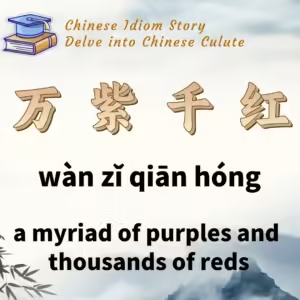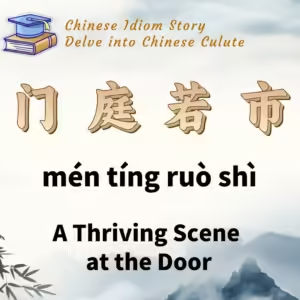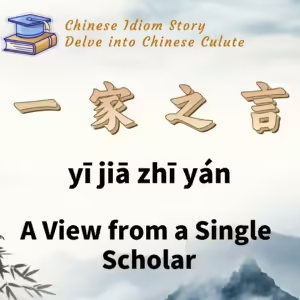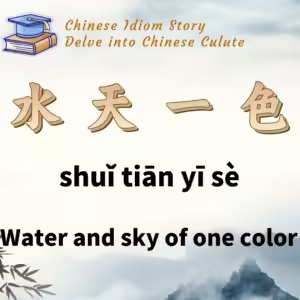
Chinese Idiom: 万紫千红 (Wan Zi Qian Hong)
English Translation: A myriad of purples and thousands of reds
pīn yīn: wàn zǐ qiān hóng
Idiom Meaning: This idiom describes a scene or situation that is beautiful, vibrant, and full of color. It can also be used to depict a thriving and prosperous state.
Historical Source: Spring Day (《春日》) by Zhu Xi (朱熹) from the Southern Song Dynasty.
Idiom Story:
Zhu Xi, a prominent Confucian scholar of the Southern Song Dynasty, was known for his extensive scholarship and contributions to philosophy, literature, and historical studies. In the spring of 1148, during the 18th year of Emperor Gaozong’s Shaoxing era, Zhu Xi took a leisurely stroll along the banks of the Sishui River to enjoy the spring scenery.
On that fine spring day, he marveled at the vibrant and colorful display of blooming flowers. The scene was so breathtaking that he was inspired to write a poem titled Spring Day. The poem vividly captures the essence of the season, celebrating the boundless and vibrant colors of spring:
“In this clear and bright spring day, I wander outside to enjoy the flowers by the Sishui River. Everywhere I look, the scenery is fresh and new. The spring breeze brings forth an array of colors, with flowers in myriad purples and thousands of reds.”
The phrase “万紫千红总是春” (A myriad of purples and thousands of reds are all spring) from his poem has been abbreviated to “万紫千红” to symbolize a scene filled with vibrant colors and prosperity. This idiom is used to describe flourishing beauty and a thriving, successful situation.






